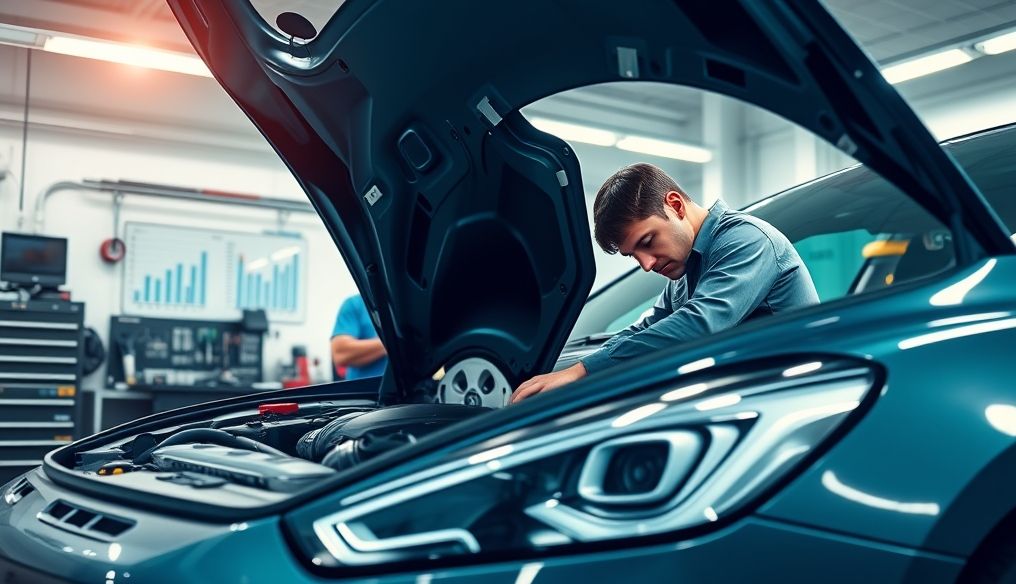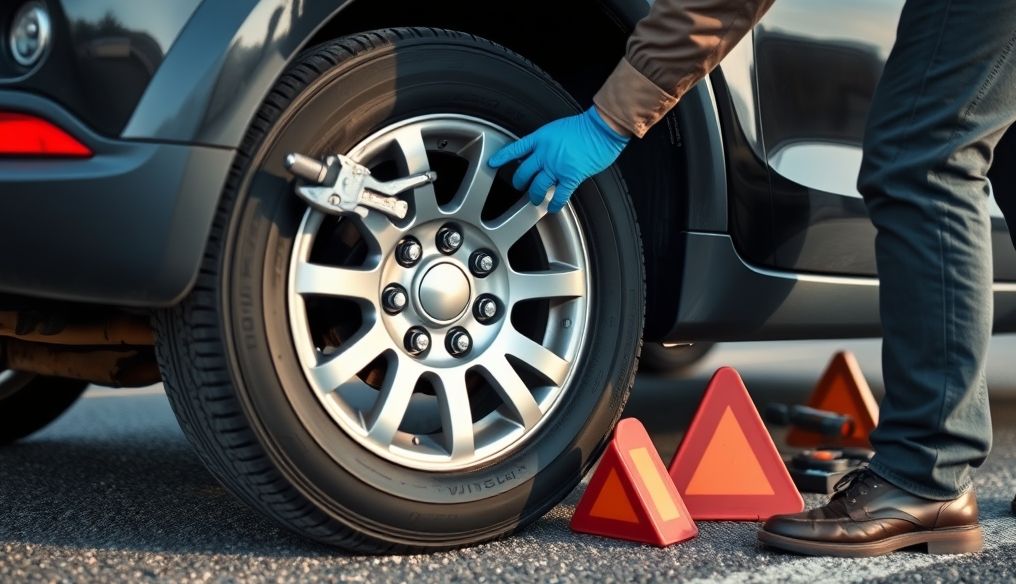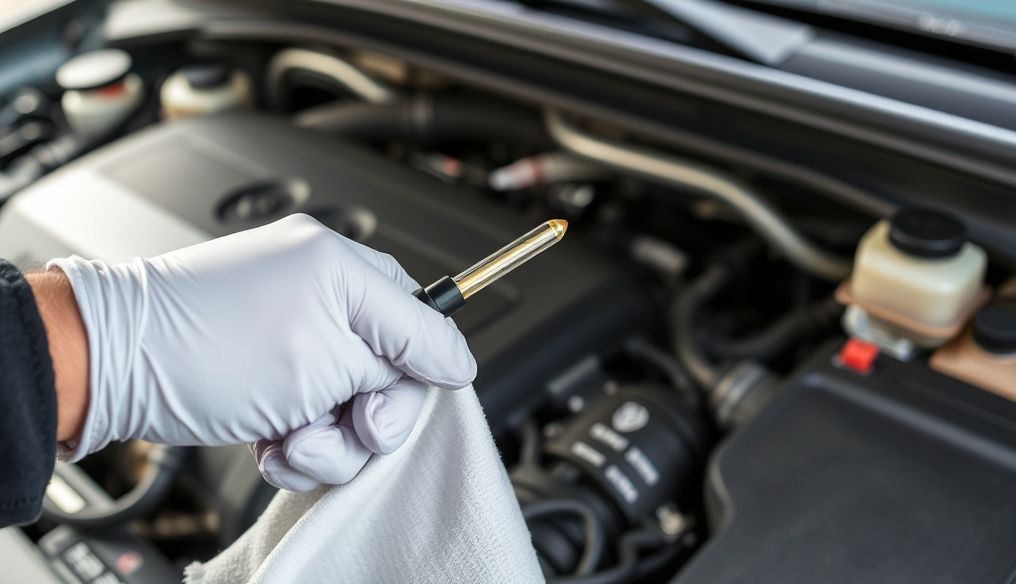Can Neglecting Car Maintenance Lead to Financial Disaster?
For many, a car is more than just a means of transportation; it's a lifeline connecting them to work, family, and hobbies. But this lifeline needs constant care to maintain optimal performance and avoid unexpected breakdowns. Regular car maintenance is a set of preventive measures designed to inspect and replace worn parts, and ensure the safety of various systems. But is sticking to the regular maintenance schedule really necessary? And can neglecting it lead to financial disaster? This is what we will answer in detail in this article.
What is Regular Car Maintenance?
Regular maintenance includes a set of inspections and procedures performed at specific time intervals or after traveling a certain distance, as outlined in the car's owner's manual. These procedures include:
- Changing the oil and oil filter: To maintain proper engine lubrication and reduce friction.
- Checking and replacing air and fuel filters: To ensure clean air and fuel reach the engine.
- Checking and filling coolant: To prevent engine overheating.
- Checking and replacing brake fluid: To ensure the efficiency of the braking system.
- Checking tires and their pressure: To ensure driving safety and reduce fuel consumption.
- Checking the suspension and steering system: To ensure the stability of the car and ease of control.
- Checking the battery: To ensure its ability to start the car.
- Checking lights and signals: To ensure good visibility and safety on the road.
Why Adhere to the Regular Maintenance Schedule?
There are many reasons why adhering to the regular maintenance schedule is necessary:
1. Prevention of Major Breakdowns
Regular maintenance helps detect small problems before they escalate into major and costly breakdowns. For example, neglecting to change the oil can lead to complete engine failure, which can cost thousands of dollars to repair or replace.
2. Extending the Life of the Car
Regular maintenance helps extend the life of the car and maintain its value. A car that is regularly maintained is less prone to breakdowns and remains in good condition for longer.
3. Improving Fuel Efficiency
A car that is well maintained consumes less fuel. For example, changing air and fuel filters regularly can improve fuel efficiency by up to 10%.
4. Ensuring Safety
Regular maintenance helps ensure driving safety. Checking the brakes, tires, and suspension and steering system reduces the risk of accidents.
5. Maintaining Resale Value
A car that is regularly maintained retains its value better. When selling the car, you will have a complete maintenance record proving that you have taken good care of it, which increases its value in the eyes of potential buyers.
What are the Risks of Neglecting Regular Maintenance?
Neglecting regular maintenance can lead to many problems, including:
- Sudden breakdowns: The car may break down at any time, which may disrupt your work or errands.
- Exorbitant repair costs: Breakdowns that could have been avoided with regular maintenance may require very expensive repairs.
- Decreased car value: A car that suffers from problems due to neglect loses its value quickly.
- Increased fuel consumption: The car may consume more fuel due to problems in the engine or tires.
- Risk of accidents: Neglecting brake or tire maintenance may lead to serious accidents.
Real-World Examples of the Costs of Neglecting Regular Maintenance
Suppose you neglected to change the engine oil for a long time. This could lead to complete engine failure, which could cost you between $3,000 and $7,000 to repair or replace. While regular oil changes would cost you about $100 every 6 months.
Another example: Neglecting to check tires and their pressure may lead to uneven wear, forcing you to replace them prematurely. Replacing all four tires may cost you between $400 and $1,000. While checking tire pressure regularly would only take a few minutes.
How to Adhere to the Regular Maintenance Schedule?
Adhering to the regular maintenance schedule is not difficult. Here are some tips:
- Read the owner's manual: The owner's manual contains the maintenance schedule recommended by the manufacturer.
- Set a timeline: Set specific dates for regular maintenance and write them down in your calendar.
- Find a reliable maintenance center: Choose a maintenance center that has a good reputation and uses original spare parts.
- Keep a maintenance record: Keep maintenance and repair invoices in a safe place.
- Use maintenance reminder apps: There are many apps that can help you track maintenance appointments.
DIY Regular Maintenance vs. Specialized Maintenance Center?
Some regular maintenance tasks, such as checking tire pressure and filling windshield washer fluid, can be easily done at home. But for more complex tasks, such as changing the oil and checking the brakes, it is best to use a specialized maintenance center. Specialized technicians have the tools and expertise to perform these tasks correctly and safely.
Is Regular Maintenance Expensive?
The cost of regular maintenance may seem high at first, but it is actually a long-term investment. The cost of regular maintenance is much lower than the cost of repairing major breakdowns or replacing the entire car. In addition, regular maintenance helps improve fuel efficiency and extend the life of the car, saving you money in the long run.
Conclusion
Adhering to the regular car maintenance schedule is not just a routine procedure, but a necessity to maintain your safety and the safety of others, and protect your wallet from unexpected expenses. Neglecting regular maintenance can lead to major and costly breakdowns, decreased car value, increased fuel consumption, and even the risk of accidents. So, don't hesitate to invest in regular maintenance for your car, and you will reap the benefits of this investment in the long run.




